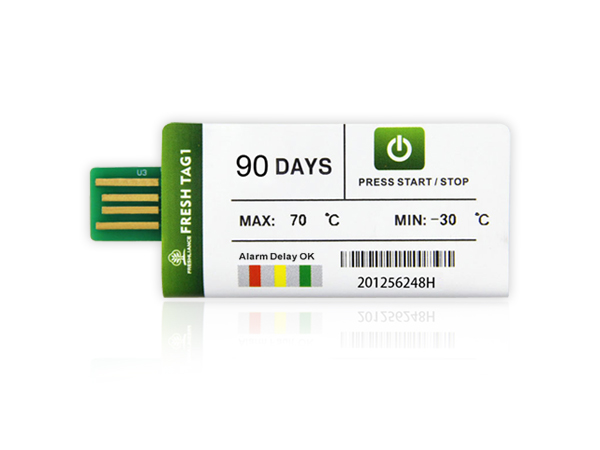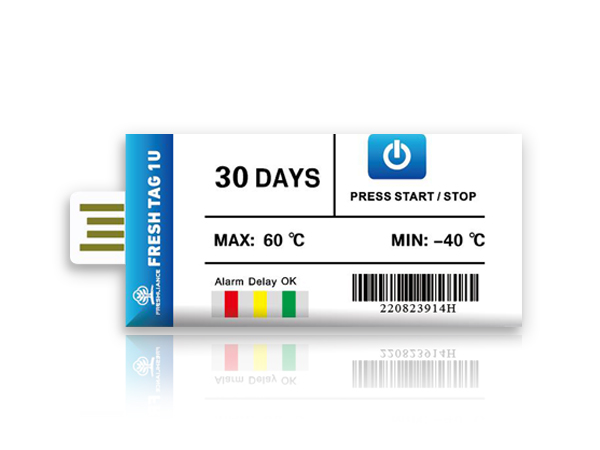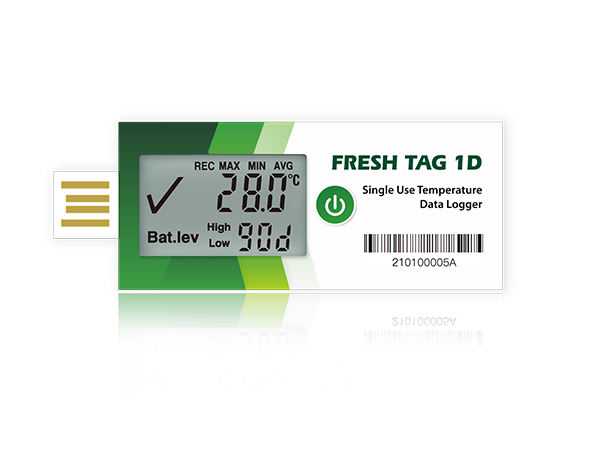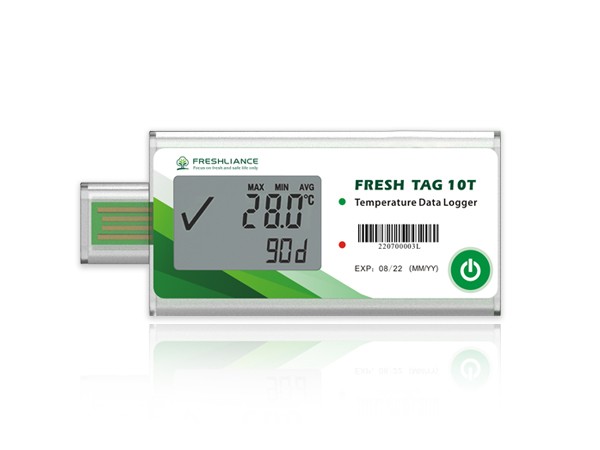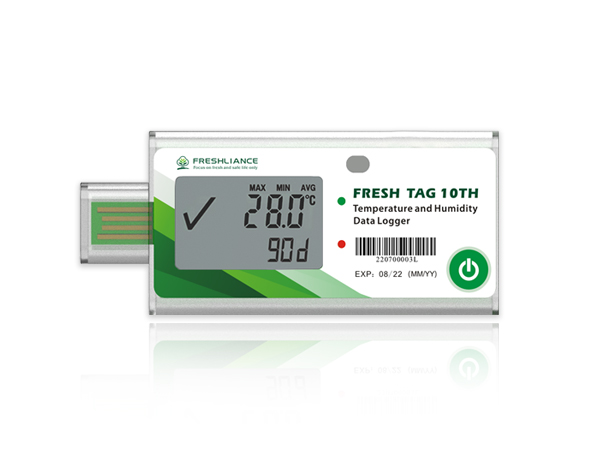What is Dry Ice?
Dry Ice is frozen carbon dioxide, a normal part of our earth’s atmosphere. It is the gas that we exhale during breathing and the gas that plants use in photosynthesis. It is also the same gas commonly added to water to make soda water. Dry Ice is particularly useful for freezing, and keeping things frozen because of its very cold temperature: -109.3°F or -78.5°C. Dry Ice is widely used because it is simple to freeze and easy to handle using insulated gloves.
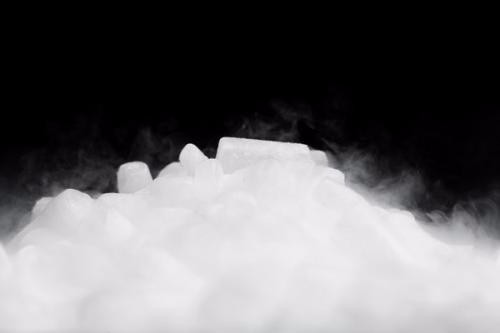
How is Dry Ice Created?
Under normal conditions, carbon dioxide is a colourless and odorless gas. To make carbon dioxide snow (dry ice) the gas is cooled at high pressure which liquefies the gas. Then the highly pressured liquid is then suddenly expanded by spraying, and turns it into snow. The snow is then pressed into blocks weighing between 50-250 lbs.
What Fields does Dry Ice Apply To?
Dry ice is widely used in laboratories, pharmaceutical companies, drug manufacturers, special effects companies, beauty industry , refrigerated transportation of food and drug industries, including low temperature freezing for medical purposes and low temperature transportation of plasma, vaccines and other special drugs. And long and short distance transportation of electronic cryogenic materials and precision components.
Hazards of Dry Ice
The hazards of dry ice can be roughly divided into three types.
First, exposure hazard. Skin contact with dry ice at - 109 ° f (- 79 ° C) can cause severe frostbite; Second, suffocation hazard. Dry ice sublimates above - 78.5 ° (from solid to gas), which releases a large amount of carbon dioxide. And it can quickly replace oxygen in the air, resulting in dyspnea, loss of consciousness and death. Third, explosion hazard. If dry ice sublimes inside a sealed container, the CO2 gas will pressurize the container and can eventually cause it to rupture or explode.
Dry Ice Storage
Dry ice can be stored in non-air-tight chests or buckets made from insulating foam to help slow the rate of sublimation.And always store dry ice in a well-ventilated place. Do not store dry ice in poorly ventilated enclosed areas, such as walk-in freezers or basements. And do not store dry ice in air-tight containers, such as plastic or glass bottles, or any container with screw caps.
Dry Ice Disposal
Allowing dry ice to sublimate at room temperature is an effective way to dispose of it, but it's important to take precautions to help prevent hazards.
Make sure to allow dry ice to sublimate only in well-ventilated areas to avoid a harmful buildup of CO2.
Do not leave dry ice unattended in public places.
Never dispose of dry ice in a toilet, sink or garbage disposal. The extreme cold can damage plumbing.
Never dispose of dry ice in a trash can.
Dry Ice Safety Tips
Dry ice can be flake, granular or massive.Following these three tips can help minimize hazards when you're handling any form of dry ice.
Wear appropriate goggles, including goggles or masks, and Lab coats.
Use pliers to handle dry ice whenever possible.
Handle dry ice manually with loose insulated gloves, do not handle dry ice with bare hands.

 English
English Español
Español Русский
Русский Français
Français Deutsch
Deutsch عربي
عربي 中文
中文